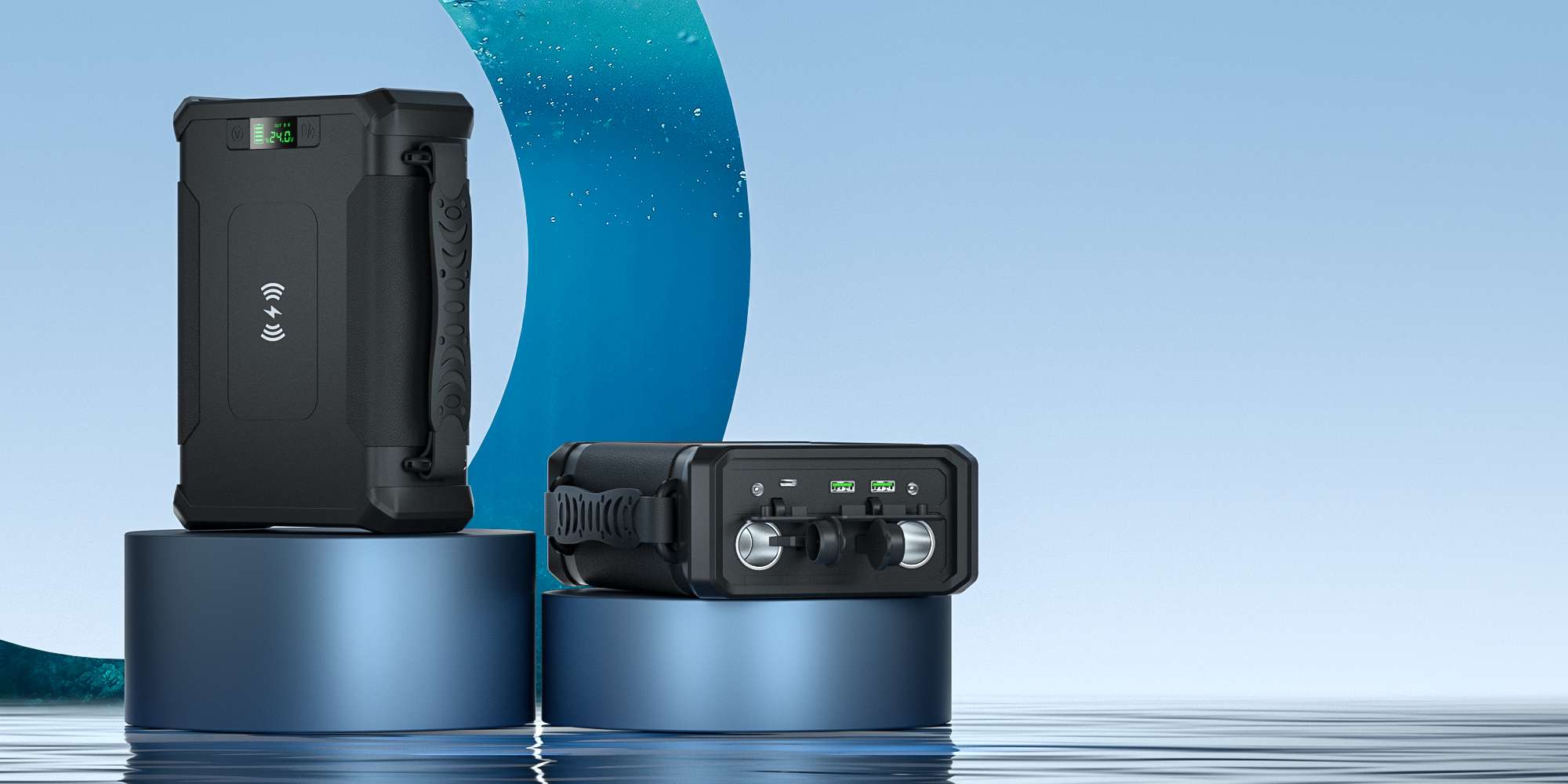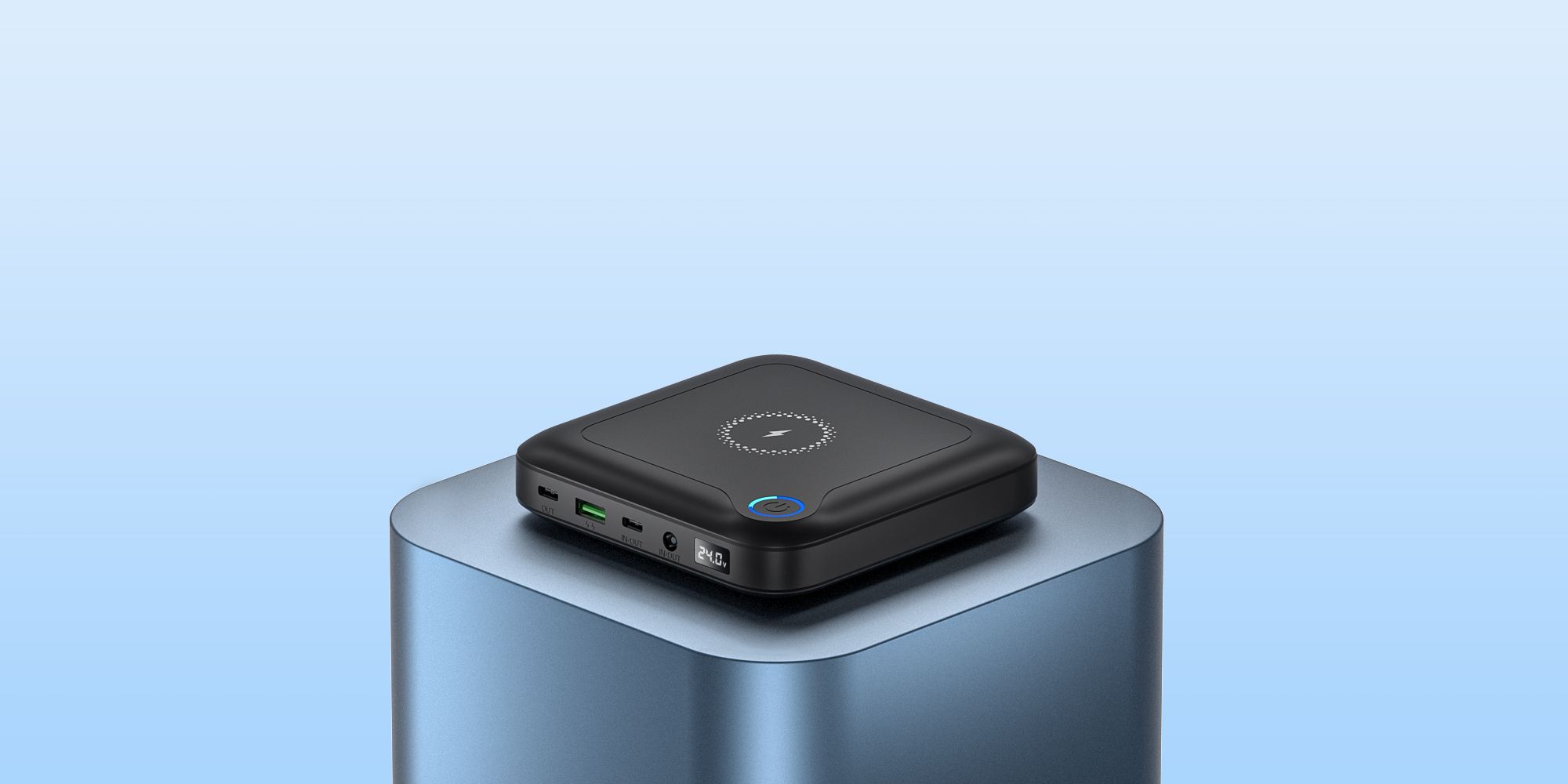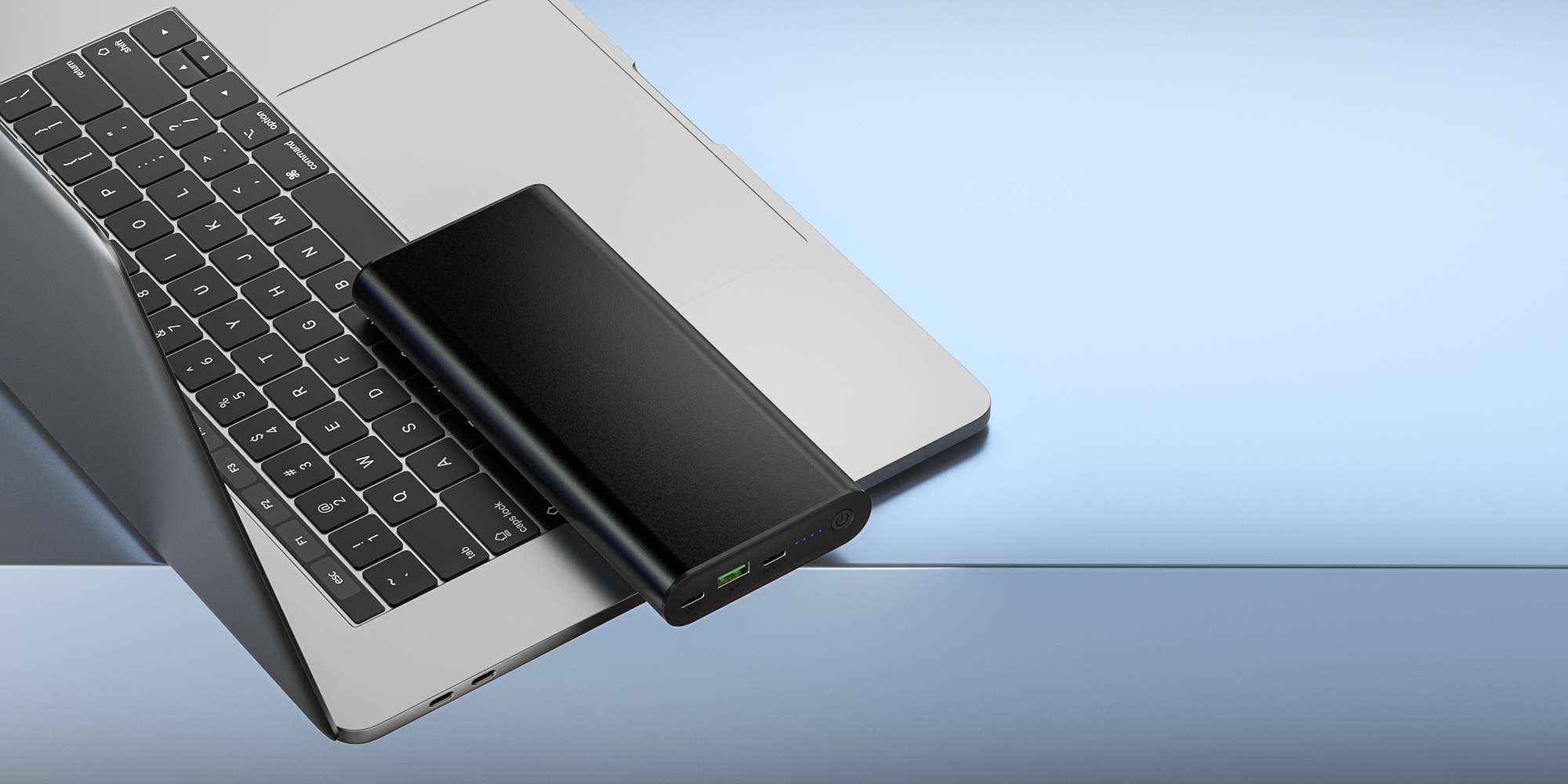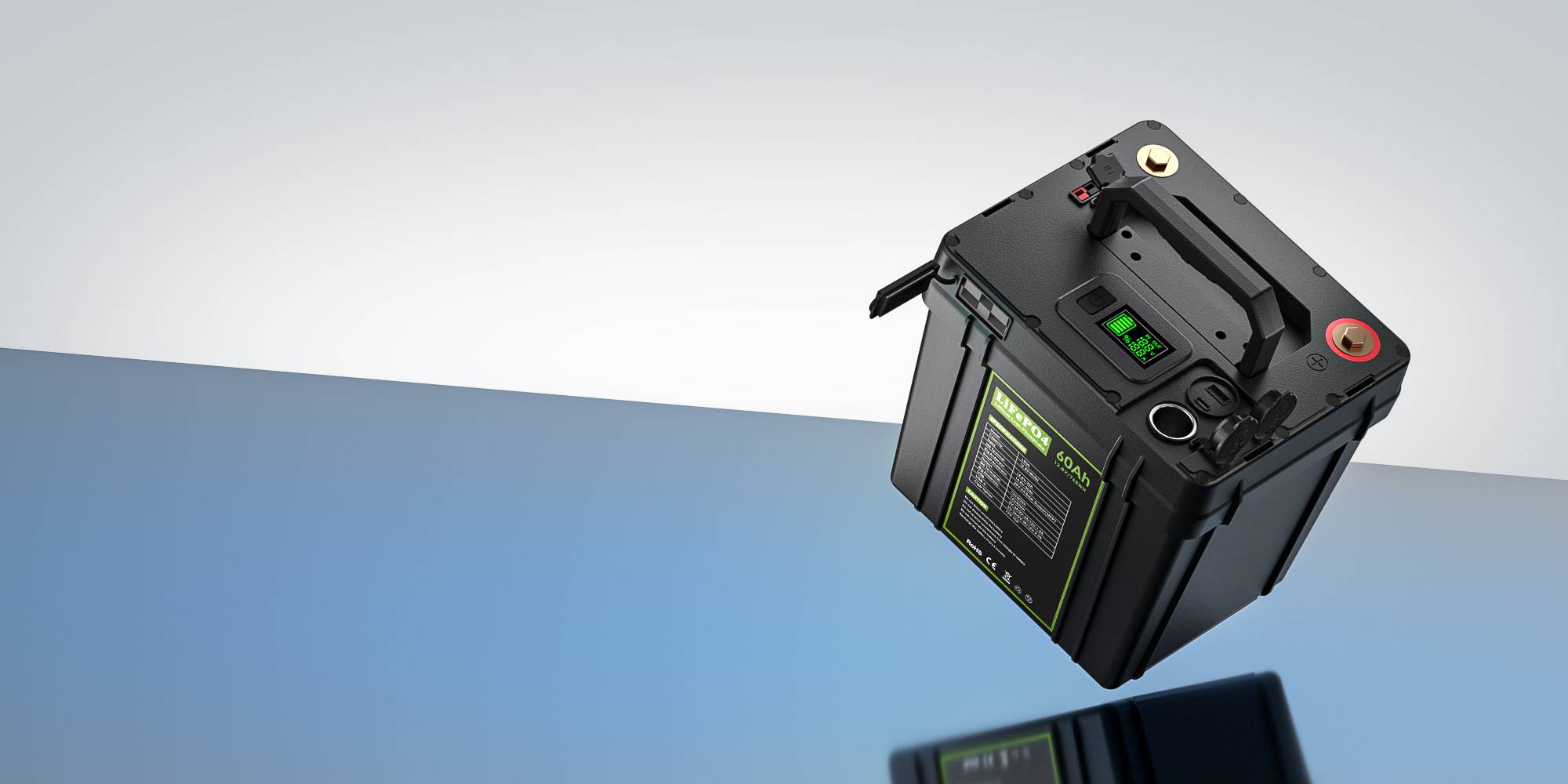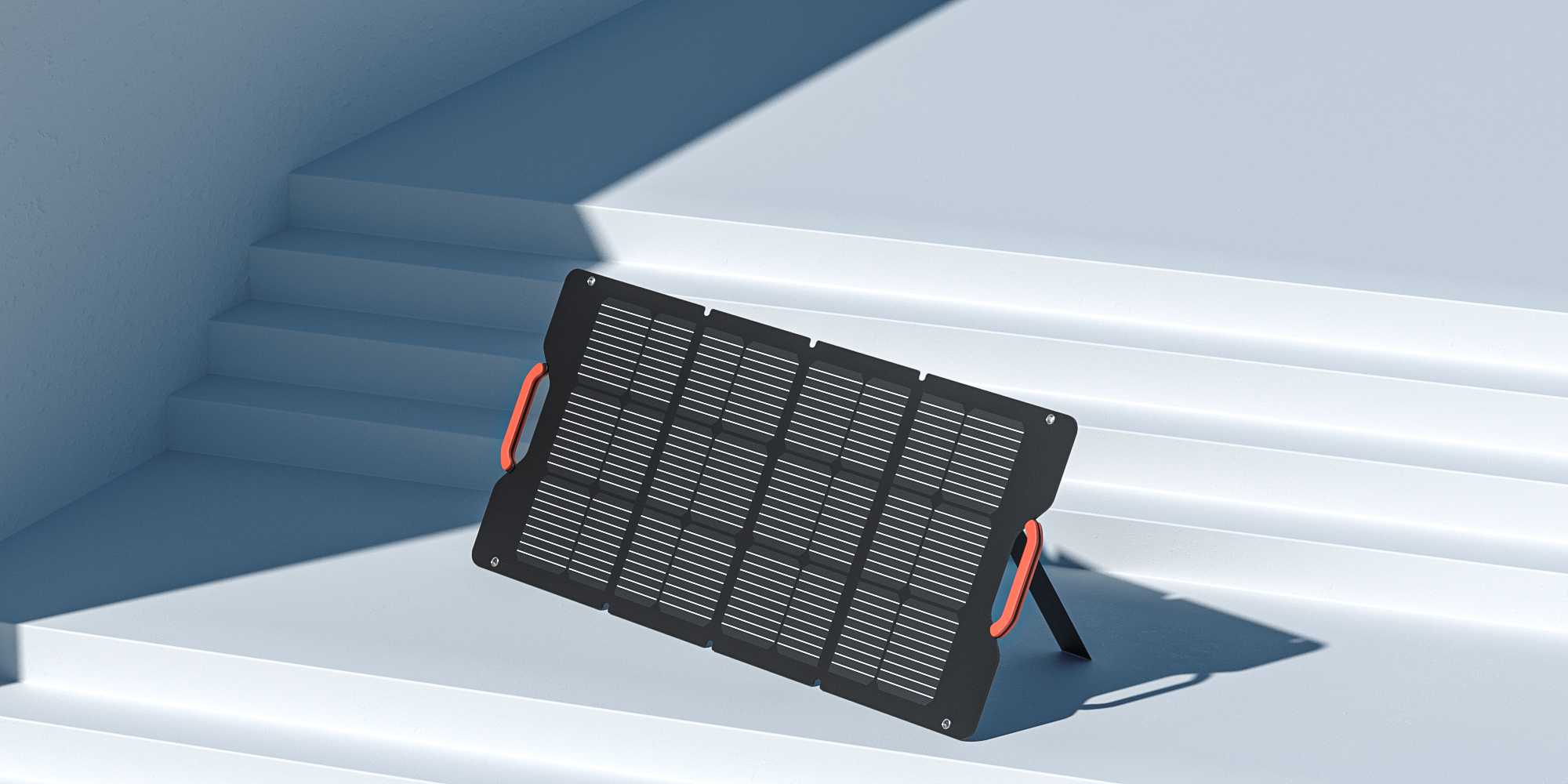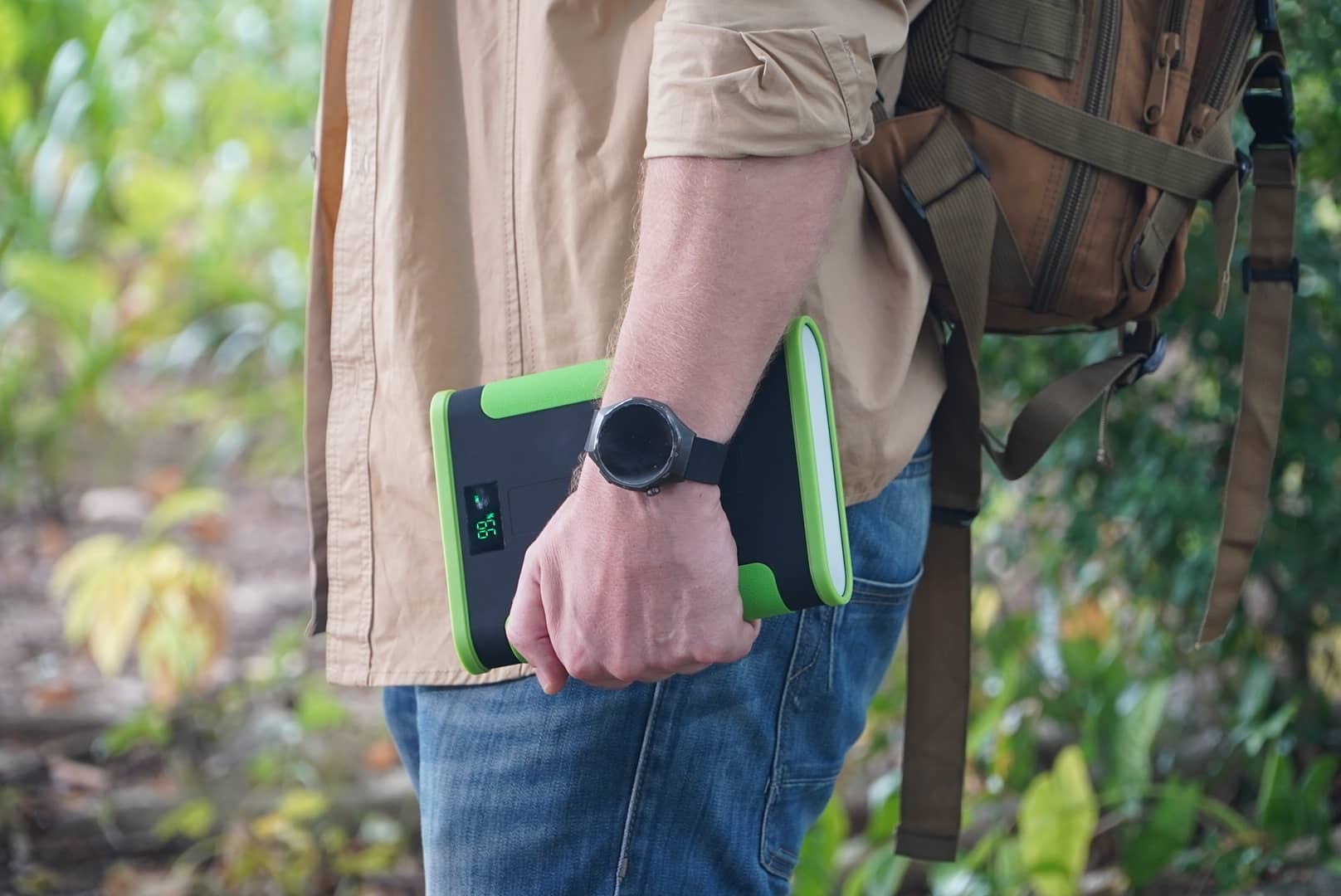Battery technology has advanced rapidly in recent years, especially with the growing demand for portable power solutions. But as power banks and battery packs become more powerful, safety becomes an even greater concern. That’s where the Battery Management System (BMS) plays a crucial role.
In this article, we’ll explore how BMS improves the safety, performance, and reliability of power packs—and why you should never buy one without it.
What Is a Battery Management System (BMS)?
A Battery Management System, or BMS, is an electronic system integrated into battery packs to monitor, manage, and protect the cells inside. It acts as the brain of the battery, ensuring safe operation during charging, discharging, and storage.
BMS is especially critical for lithium-based batteries (Li-ion and Li-Poly), which are high energy-density and require strict control to prevent dangerous failures.
Key Safety Functions of a BMS in Power Packs
Overcharge Protection
A good BMS constantly monitors the voltage of each battery cell. If a cell reaches its maximum allowed voltage, the BMS stops charging automatically. This prevents overheating, swelling, and in extreme cases, fire or explosion.
Over-discharge Protection
Discharging a battery below its safe voltage threshold can cause irreversible damage. The BMS shuts off output when the voltage is too low, extending battery life and preventing deep-cycle failure.
Short Circuit & Overcurrent Protection
In the event of a short circuit or sudden current spike (like plugging in a high-wattage device), the BMS cuts the power instantly. This avoids sparks, smoke, or even fire.
Thermal Monitoring
BMS units typically include temperature sensors that monitor the battery’s internal temperature. If overheating is detected, the BMS may slow down or stop charging/discharging until the temperature returns to a safe range.
Cell Balancing
Power packs with multiple cells need balanced voltage across all cells. The BMS ensures that each cell charges and discharges evenly, which improves overall efficiency and battery health.
Why Power Packs Without BMS Are Dangerous
Without a BMS, even a high-quality battery can become unstable or fail dangerously. Risks include:
- Overcharging leading to swelling or explosions
- Deep discharge resulting in permanent capacity loss
- Inconsistent output voltage damaging your devices
- No protection against high temperature or short circuit
For this reason, most airlines and shipping carriers require proof of integrated BMS and safety certifications like UL, CE, or UN38.3.
How to Identify a Safe Power Pack with BMS
Look for Certifications
Reputable power banks will list certifications such as:
- CE (European Safety Compliance)
- FCC (U.S. Federal Communications Commission)
- RoHS (Restriction of Hazardous Substances)
- UL (Underwriters Laboratories)
- UN38.3 (Required for air transport)
These indicate that the power pack has undergone safety testing—often including BMS performance.
Look for Smart Features
Modern power packs with high-quality BMS often include:
- Real-time LED displays for voltage, temperature, and power draw
- Auto cut-off for overheating or overload
- Support for USB-C PD smart negotiation (voltage matching)
These features help prevent user error and enhance protection.
Real-World Scenarios Where BMS Saves the Day
- Hot Car Emergency: A power bank left in a hot car detects dangerous heat levels and shuts down automatically.
- Laptop Charging: The BMS regulates voltage and current precisely to avoid damaging your expensive laptop.
- Solar Charging: A solar-powered battery slowly charges under irregular sunlight. The BMS ensures no overcharging during peak sun hours.
Conclusion: Always Choose Power Packs with BMS
A Battery Management System is not a luxury—it’s a necessity. Whether you’re using a power pack to charge your phone, laptop, camera, or medical equipment, BMS ensures safety and long-term performance.
The next time you shop for a power bank, don’t just check capacity and ports—look for what’s inside. Prioritize products that clearly advertise built-in BMS and list third-party safety certifications.
Looking for a safe, certified power pack with built-in BMS? Check out our BMS-enabled models here or contact our team for tailored recommendations.

